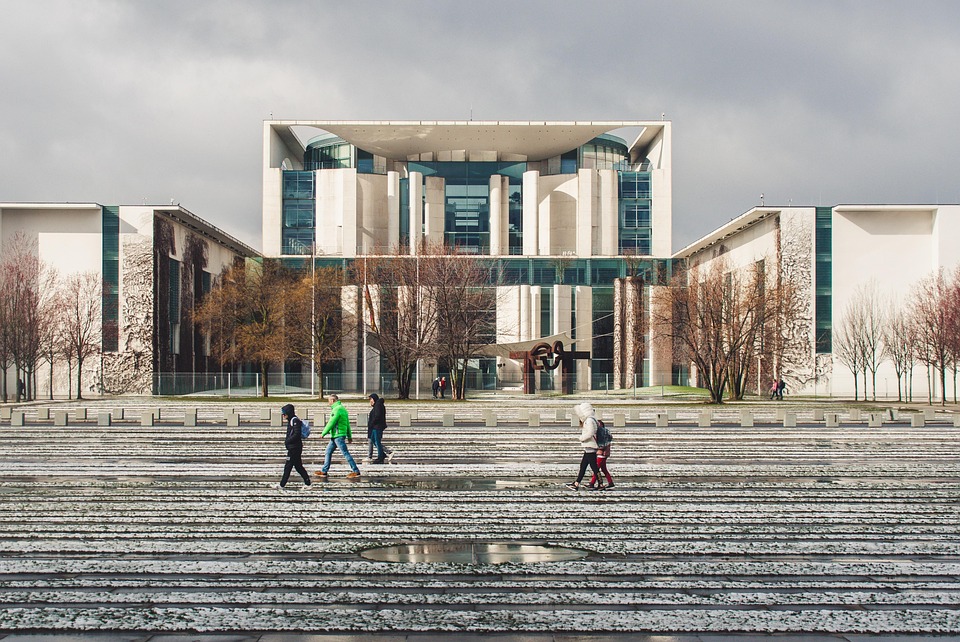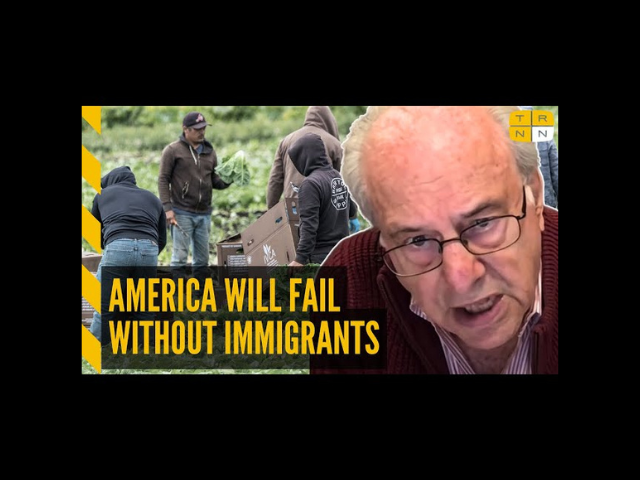The Shifting Sands of American Politics
American politics stands at a critical juncture. Deep-seated polarization, economic anxieties, and a rapidly changing demographic landscape are converging to create a complex and often unpredictable political environment. Understanding these forces and their interplay is crucial for navigating the present and anticipating the future trajectory of the United States.
The Unyielding Grip of Polarization:
Perhaps the most defining characteristic of contemporary American politics is its intense polarization. The ideological gap between the two major parties, Republican and Democrat, has widened dramatically over the past several decades. This division extends beyond policy differences to encompass fundamental values, cultural identities, and even perceptions of reality.
Several factors have contributed to this escalating polarization. Gerrymandering, the practice of drawing electoral district boundaries to favor one party over another, has created safe seats for incumbents, reducing the incentive for compromise and moderate viewpoints. The rise of partisan media outlets and social media echo chambers further exacerbates the problem, allowing individuals to consume information that reinforces their existing beliefs while shielding them from opposing perspectives. This creates a distorted reality where different groups are effectively living in separate information universes.
The consequences of this polarization are far-reaching. Legislative gridlock has become commonplace, making it difficult to address pressing national issues such as healthcare, climate change, and immigration reform. The increasing demonization of political opponents has eroded civility and trust in government, leading to widespread cynicism and disengagement. It also fuels political violence and extremism, as individuals become increasingly convinced that their opponents are not merely wrong, but malevolent and illegitimate.
Economic Anxieties and the Shifting Economic Landscape:
Economic issues have always been a central concern for American voters, but the anxieties surrounding the economy have intensified in recent years. The decline of manufacturing jobs, the rise of automation, and increasing income inequality have left many Americans feeling economically insecure. This insecurity is particularly acute in regions that have been disproportionately affected by these trends, fueling resentment and political discontent.
The 2008 financial crisis and the subsequent recession exposed deep vulnerabilities in the American economy and eroded trust in financial institutions. The slow and uneven recovery that followed has left many feeling that the benefits of economic growth are not being shared equitably. This has contributed to a sense of economic injustice and a growing demand for policies that address income inequality and provide greater economic security.
The COVID-19 pandemic further exacerbated these economic anxieties. The pandemic caused widespread job losses, particularly in the service sector, and disproportionately impacted low-income and minority communities. While government stimulus measures provided some relief, the long-term economic consequences of the pandemic are still unfolding. This has heightened concerns about the future of work, the affordability of healthcare, and the social safety net.
The Evolving Electorate and Demographic Shifts:
The American electorate is undergoing significant demographic shifts that are reshaping the political landscape. The increasing diversity of the population, driven by immigration and higher birth rates among minority groups, is fundamentally altering the composition of the electorate. These demographic changes are particularly pronounced in key swing states, making them increasingly competitive and unpredictable.
The growing political influence of racial and ethnic minorities is a significant trend. Historically, these groups have tended to vote Democratic, but recent elections have shown signs of increasing diversity in their political affiliations. Factors such as religious beliefs, economic interests, and cultural values can influence the voting behavior of minority groups, making them a crucial target for both parties.
Another important demographic trend is the increasing political engagement of young people. Millennials and Gen Z are now a significant force in the electorate, and they tend to hold more progressive views on social and environmental issues than older generations. Their participation in elections can have a significant impact on the outcome, particularly in close races.
The gender gap in American politics remains significant, with women consistently voting Democratic at higher rates than men. This gap is particularly pronounced among unmarried women and college-educated women. The issue of abortion rights has become increasingly salient in recent elections, further galvanizing women voters.
Key Policy Debates and Ideological Divisions:
The major policy debates in American politics reflect the deep ideological divisions that characterize the country. Healthcare reform, climate change, immigration reform, and gun control are just a few of the issues that have become intensely politicized.
The debate over healthcare reform centers on the role of government in providing healthcare access to all Americans. Democrats generally favor a universal healthcare system, while Republicans advocate for a market-based approach. The Affordable Care Act (ACA), also known as Obamacare, remains a contentious issue, with Republicans repeatedly attempting to repeal or weaken it.
Climate change is another area of stark division. Democrats generally accept the scientific consensus that climate change is real and human-caused, and they support policies to reduce greenhouse gas emissions. Republicans are more skeptical of climate change and often oppose policies that they believe would harm the economy.
Immigration reform has been a perennial challenge for American policymakers. Democrats generally favor a pathway to citizenship for undocumented immigrants, while Republicans advocate for stricter border control and enforcement of immigration laws. The issue of immigration has become increasingly politicized in recent years, with some Republicans using anti-immigrant rhetoric to appeal to their base.
Gun control is another deeply divisive issue. Democrats generally support stricter gun control laws, while Republicans defend the right to bear arms under the Second Amendment. Mass shootings have become increasingly common in the United States, fueling calls for gun control reform, but Congress has been unable to pass meaningful legislation due to partisan gridlock.
The Role of Money and Special Interests:
The role of money in American politics has become increasingly controversial. The Supreme Court’s decision in Citizens United v. Federal Election Commission opened the door to unlimited corporate and union spending in elections, leading to a surge of money flowing into political campaigns. This has raised concerns about the influence of wealthy donors and special interests on policy decisions.
Lobbying is a significant industry in Washington, D.C., with corporations and interest groups spending billions of dollars each year to influence legislation and regulations. Critics argue that lobbying gives special interests an unfair advantage in the policymaking process, while supporters contend that it provides valuable information to policymakers.
The influence of money in politics is a complex issue with no easy solutions. Campaign finance reform is a perennial topic of debate, but there is little consensus on how to address the problem. Some advocate for public financing of elections, while others favor stricter limits on campaign contributions.
The Future of American Politics Between Democrats and Republicans:
The future of American politics is uncertain. The forces of polarization, economic anxiety, and demographic change are likely to continue to shape the political landscape in the years to come. The ability of the two major parties to adapt to these challenges will determine their success in the future.
The Republican Party faces the challenge of appealing to a more diverse electorate while maintaining the support of its traditional base. The party’s stance on issues such as immigration, climate change, and social issues will be crucial in determining its ability to attract new voters.
The Democratic Party faces the challenge of maintaining its unity while navigating internal divisions between progressive and moderate factions. The party’s ability to address economic inequality, healthcare access, and climate change will be key to its success in mobilizing its base and winning over undecided voters.
The rise of third parties and independent candidates could also disrupt the traditional two-party system. If the major parties fail to address the concerns of a significant portion of the electorate, there could be an opening for alternative political movements to gain traction.
Ultimately, the future of American politics will depend on the choices made by voters, policymakers, and political leaders. Navigating the complexities of polarization, economic uncertainty, and demographic change will require a commitment to civility, compromise, and a willingness to address the challenges facing the nation. It will require a renewed focus on shared values and a willingness to bridge the divides that separate Americans. Failing to do so risks further fragmentation and a decline in the health of American democracy. The path forward requires a conscious effort to promote constructive dialogue, seek common ground, and prioritize the long-term interests of the nation over partisan gains. The stakes are high, and the future of American politics hangs in the balance.



